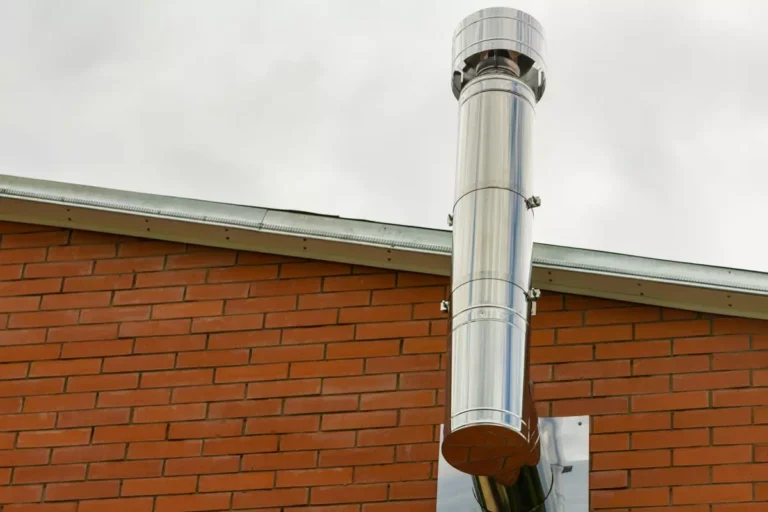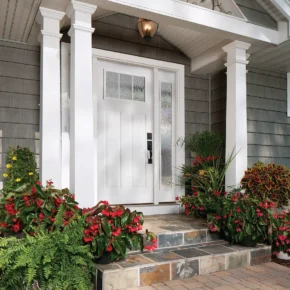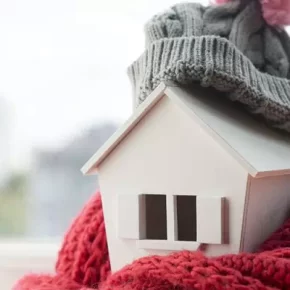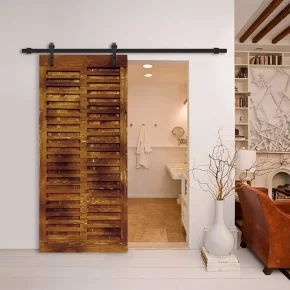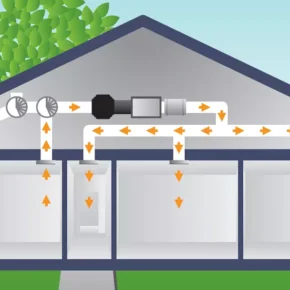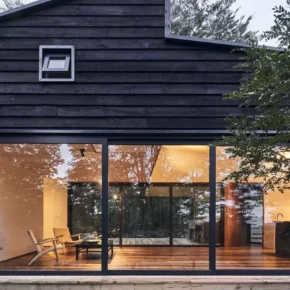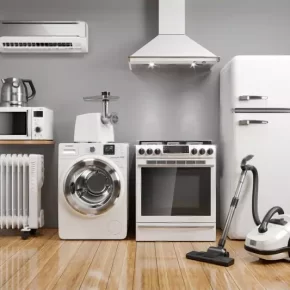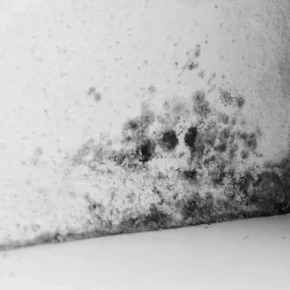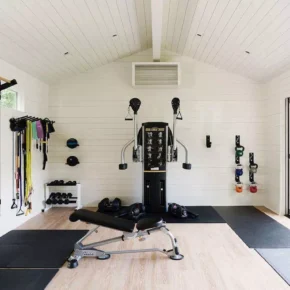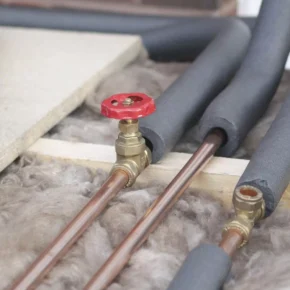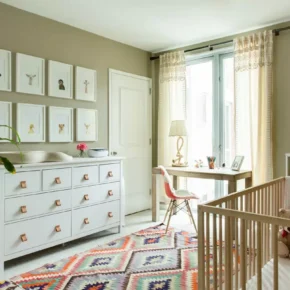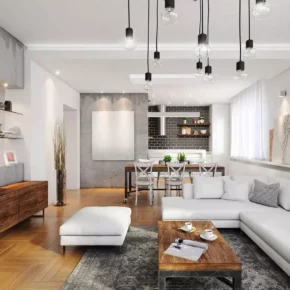The correct choice and installation of the chimney is extremely important to ensure the safety and efficiency of the heating system in a private house. Not only the comfort and health of the residents depends on a high-quality chimney, but also the efficiency of the stove or fireplace.
1. Types of chimneys: which one to choose?
The first step in choosing a chimney is to determine its type. There are several types on the market, each of which has its own advantages and disadvantages.
- Brick chimney . A traditional option for houses with fireplaces or stoves. It is distinguished by its durability and attractive appearance, but requires careful laying and professional installation.
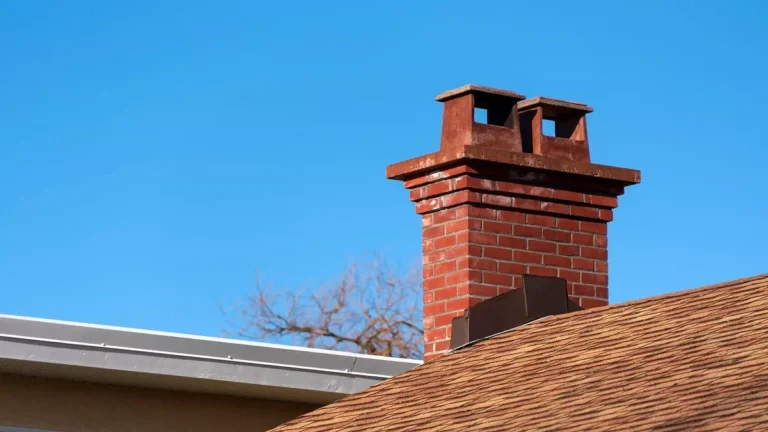
- Metal chimney . Popular due to its ease of installation and reliability. They are often made of stainless steel or aluminum. They have high corrosion resistance and good thermal conductivity.
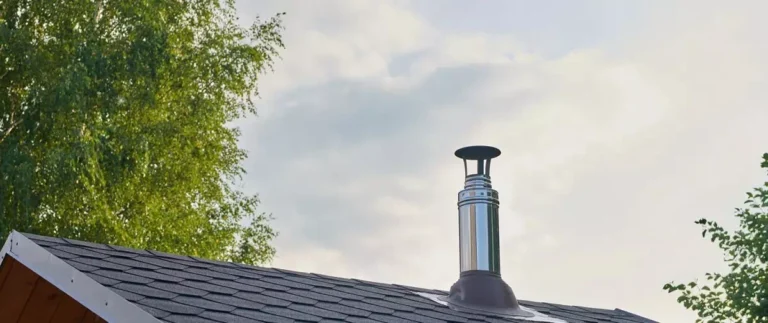
- Ceramic chimney . This type combines aesthetics and functionality. Ceramic chimneys have high fire resistance and a long service life. Their advantage is high thermal insulation, which reduces the risk of condensation.
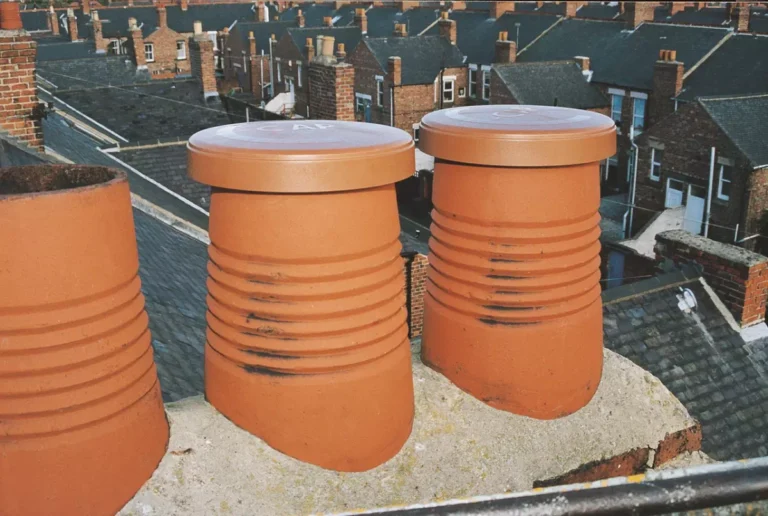
2. Selection of material
The chimney material must match the type of heating equipment. For example, it is recommended to use acid-resistant materials for gas boilers, and for solid fuel boilers – materials that can withstand high temperatures.
- Stainless steel . Excellent for modern heating systems, as it can withstand high temperatures and is resistant to corrosion. It is important to choose material with a wall thickness of at least 0.5 mm.
- Ceramics . Suitable for solid fuel boilers and fireplaces. It withstands temperatures above 1000 °C and is not affected by acids released during fuel combustion.
- Brick . It is used in traditional chimneys for fireplaces and stoves. It is important that the brickwork is done correctly to avoid the penetration of smoke into the room.
3. Term of operation and maintenance
The service life of a chimney depends not only on its material, but also on proper care and regular maintenance. Chimneys made of stainless steel and ceramics can last more than 30 years with proper care.
Regular chimney cleaning prevents the accumulation of soot and other residues that can cause a fire. Special tools or professional services will help keep the system in good condition.
4. Correct diameter calculation
The diameter of the chimney should be calculated depending on the power of the heating device. A diameter that is too small can cause a reduction in draft, resulting in poor smoke extraction. Too large a diameter is also inadvisable, as it can cause cooling of the flue gases and the formation of condensate.
- For gas boilers, the standard chimney diameter is usually 120–150 mm.
- For fireplaces and stoves with solid fuel, the diameter can vary from 150 to 200 mm.
5. Height and correct location
The height of the chimney also affects the efficiency of the draft. The general recommendation is that the height of the chimney should be at least 5 meters. It is also important to consider the location of the chimney relative to the roof and other building structures.
- The chimney should rise at least 50 cm above the ridge of the roof.
- If the chimney is located at a distance of more than 1.5 m from the ridge of the roof, its height should not be lower than the ridge itself.
6. Installation: what is important to know?
Correct installation of the chimney guarantees its safe and efficient operation. Regardless of the choice of material, it is important to follow safety rules and regulations.
- Isolation . The chimney must have proper insulation to avoid overheating of adjacent structures. For metal chimneys, special heat-resistant materials are often used for additional insulation.
- Sealing of joints . All connections must be sealed to prevent the escape of smoke and other combustion products.
- Chimney cap . Protects the chimney from rain, snow and debris. It also helps maintain proper traction.
Correct selection and installation of the chimney is a key element of the safe and efficient operation of the heating system. Consider the type of heating equipment, the material of the chimney, its diameter and height, and ensure regular maintenance to avoid problems and guarantee comfort in your home.

